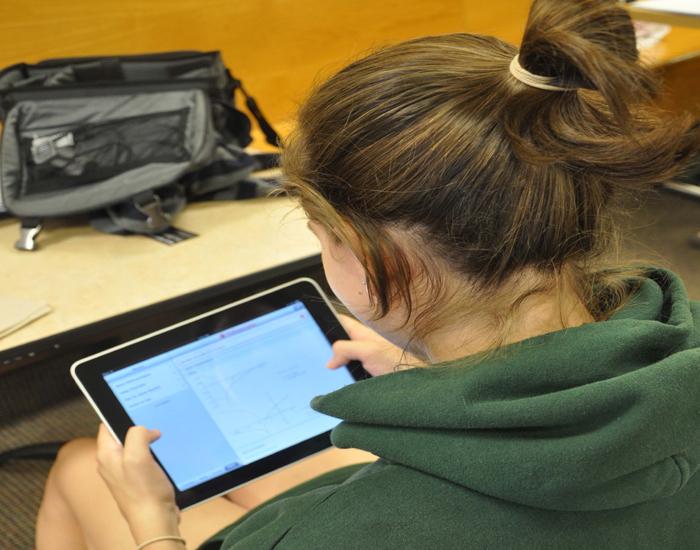While many Case Western Reserve University students spent winter break relaxing, CWRU Information Technology Services (ITS) has been hard at work, as evidenced by the recent breakthrough in CaseWireless, the university’s new wireless network that joined CaseGuest last August.
Since its inception, many university students, staff, and faculty members have had difficulty connecting to the network, often without a clearly defined reason.
CaseWireless represents a significant improvement in the campus’s wi-fi capability. “It is exponentially faster than CaseGuest, and the majority of the bandwidth has been redirected from CaseGuest to the new wireless network,” explained Kirsten Nagel, manager of marketing, communications, and training for ITS. Having a secured connection without employing a Virtual Private Network (VPN) client is another of the network’s benefits.
“The network [was] intended by CWRU ITS to provide an authenticated wireless network to improve security and speed for members of campus, as opposed to the general public,” Undergraduate Student Government vice president for information technology Tom Dooner explained. “Throughout the history of CaseWireless, the USG IT Committee has been working with ITS to attempt to fix the underlying problems.”
After a glitch involving password synchronization was resolved last semester, a new hindrance emerged. “Users could join the network CaseWireless but they would receive ‘limited or no connectivity’ to the Internet,” Dooner said.
“This understandably discouraged many users from using CaseWireless, and they would hop over to CaseGuest instead of waiting for Internet connectivity to begin,” he added. “In my personal experience, the delay ranged between two to 25 minutes.”
On Jan. 30, a collaborative effort between ITS network engineers, Hurricane Labs, members of the ITS desktop support team, and students from the USG IT Committee developed a solution.
“During the task force troubleshooting session, the network engineering firewall contractors identified an interesting property of the wireless network,” Dooner noted. According to ITS, this discovery only revealed itself after a large number of users connected, which is something that could not have been simulated during the project’s testing phase.
Dooner said that since the issue has been identified, users everywhere have reported success in instantly receiving full Internet access after connecting to CaseWireless. “It appears as though this problem has been resolved,” he said.
However, members of the campus community can expect further changes to CWRU’s wireless network infrastructure. “ITS is actively working to improve wireless network availability and bandwidth to meet [the] growing needs of the university,” Nagel said.
ITS recently conducted an evaluation of wi-fi service across the campus, and has begun updating wireless network hardware. “University buildings and spaces have been broken up, evaluated, and placed in a prioritized list,” Nagel explained. “Additional access points will be added and old hardware will be replaced with 802.11n, which improves speeds to 1 gigabit per second and improves security.”
The initial phase of this wireless upgrade project brought improved wi-fi to the CWRU School of Medicine. The following phases of the project will bring improved wireless capabilities to the remainder of the Health Sciences Campus and the academic buildings of the Flora Stone Mather and Kent H. Smith quads.
Residence halls and Greek houses of the North and South residential villages are expected to receive the updates by the end of this semester.
Accompanying the wireless upgrade project is ITS’s endeavor regarding a distributed antenna system. The department plans to install a small series of mobile antennas inside and outside of university buildings. This will not only improve mobile phone and data coverage, but will make it easier for faculty, staff, students, and visitors to access data, voice, and text services.



